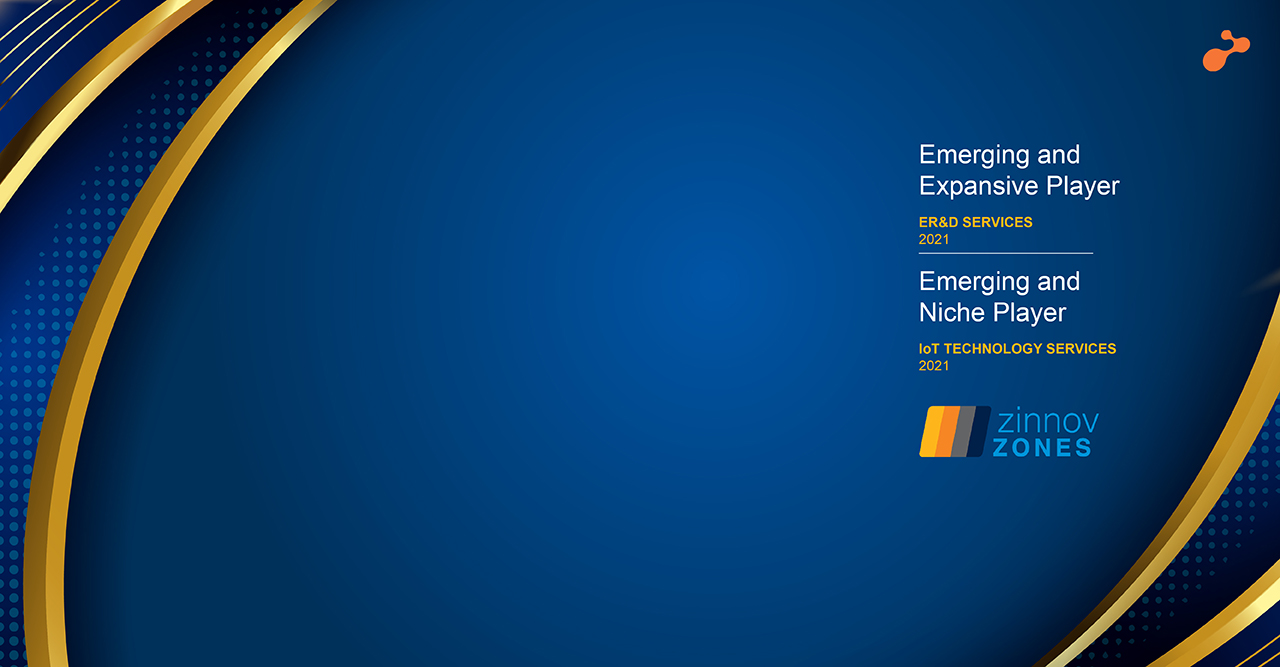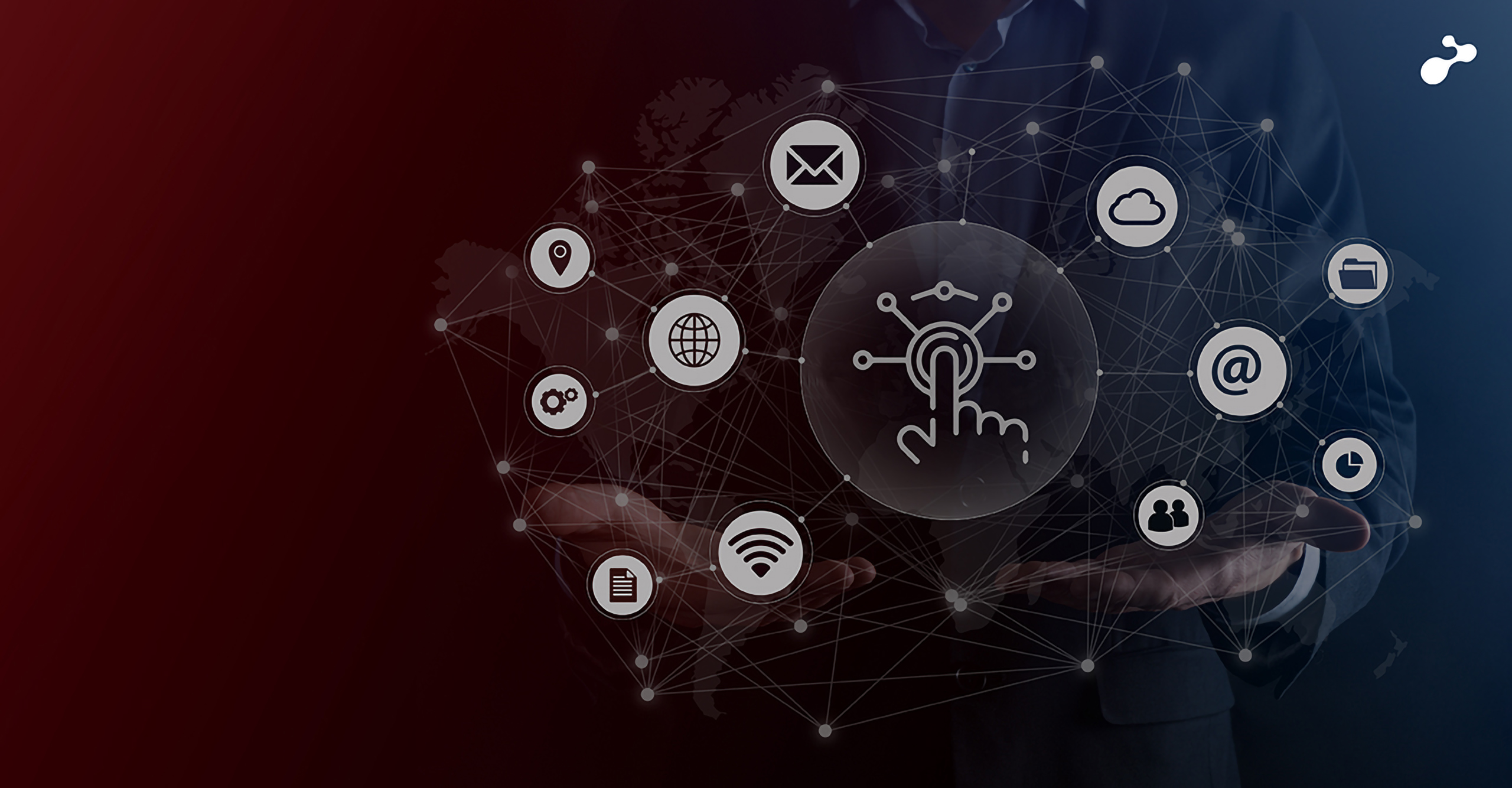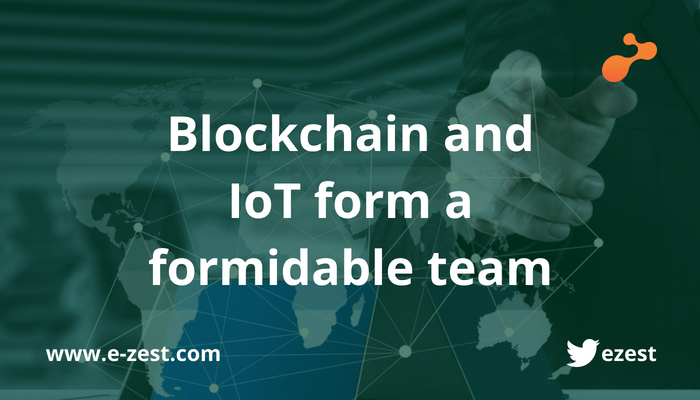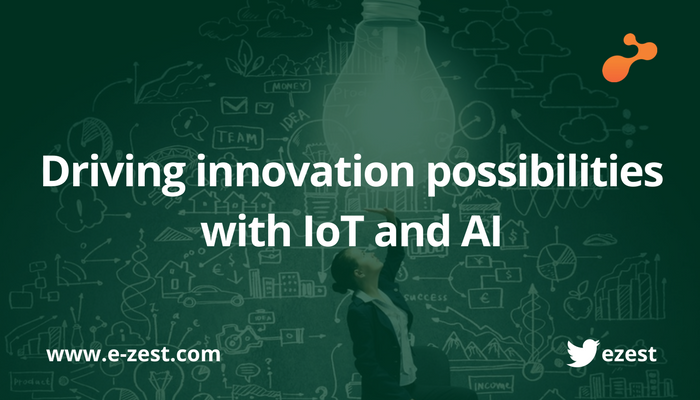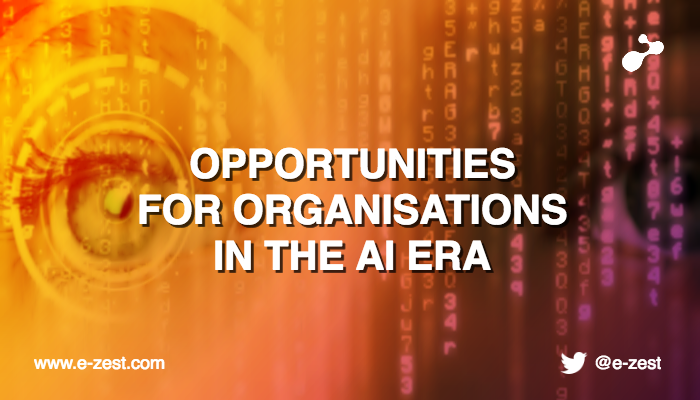
Your journey in the AI era is determined by many factors, only if you are watching closely the many facets of AI, you can also see that AI brings with it an entire constellation of opportunities. I wanted to know what the future of AI would look like, and the opportunities they could bring. So I reached out to our experts who work in this space to ask what their thoughts are. Our experts explain how AI will change the way we work and also change the future of productivity. Their thoughts were insightful.
On why business leaders should be paying attention to AI
As artificial intelligence (AI), The Internet of Things (IoT) and Big Data are getting deeply linked, so are the opportunities for organizations to drive change and enable business capabilities- through Digital Transformation. CIOs are already managing this massive snowball of disruption – from analytics to cloud to expand their horizons and build relevant capabilities within their technology landscape.
AI and IoT, supported by Big Data, will only combine and overlap in many ways that would drive enterprise IT to a higher level during the coming years.
As many surveys are indicating an upward swing in revenues in AI, it’s evident that enterprises are increasingly investing in AI as a way both to transform customer and employee experiences. Such companies will increase five times over the next three years.
While the disruptive expansion of AI is a fact, the impacts to the leaders in every function and to the workforce are more difficult to articulate and address for companies. To succeed, leaders must begin to take a realistic view of the role that every worker – human or machine – would play in the workforce of the future.
The following are the five key areas which our experts see enterprises should spend their time and money on to utilize machine learning and artificial intelligence as the wind to their sails.
- Leadership vision
Leaders should carry a vision to build the relevant skills and competencies by creating a learning campaign to enable AI readiness to their workforce. By introducing the technologies and their benefits, organizations can create abundant avenues to generate learning and competency development to unleash opportunities of Artificial Intelligence. This reduces the fear of machines by demonstrating that AI only eliminates tasks, not jobs.
- Machine management v/s workforce management
The usage of Robotic Process Automation (RPA), Intelligent Machines or AI will predict what workers are trying to do and make their work easier. How? By automatically gathering the information they need to complete a task, and sharing them with appropriate people.” To add the right skills to the workforce and to train them to work in this atmosphere is the key. This is usually a perceived threat posed by AI to the ‘Human Factor’ of the workforce. AI is here to replace the repetitive and mundane works and not to replace humans.
How to align the human resources development pathway in a more efficient way taking the aid of AI is the primary challenge that leaders will face. This usually overlooked aspect in organizations opens up gates to many opportunities to leaders to align career pathways and equip the workforce to function intelligently.
- Right platforms and data
AI is only as good as the data it is fed. So a strong data management platform - a robust information management system conjoined with an adept technology platform should be developed. AI might not operate smoothly if a company does not have the correct sized data backup for decision support. The right skills within the workforce and data support models need to be harnessed by enterprises. IT teams need to be the flag bearers for the AI revolution.
- Algorithms
The ability to understand and articulate AI algorithms –right from how to create, improve and deliver output is critical for predictable outcomes. Here there are two opportunities - First, to work in partnership with businesses for articulating AI capabilities to continually improve business models. Second, a fundamental understanding of machine learning concepts that enable organizations with required degree of knowledge and creativity.
- Process improvement and optimization
Optimizing processes has always been the toughest challenge for any leader. Building competencies within the human pool around how machine learning can be used to initiate deeper knowledge of the processes should be looked as a potent tool for success.
Complex decision-making has always been the prime focus for humans whereas machine learning can be engaged for utilizing data and stats for better process outcomes and decision support. Customer data focused internal processes which require a lot of data churning can be an ideal area of optimization using AI. Traditional models of operations need to converge with the new edge AI transformation to yield better results.
Conclusion
It’s clear that machines are here to stay and will touch lives of every individual, companies (regardless of the industry) and governments around the world. Being vigilant of opportunities given by AI helps organizations and individuals to be prepared to drive AI within their organizations. However, it is only wise to transform your workforce before you start to build competencies to enable AI.
As you learn and train your workforce to trust these systems, adoption will quickly follow. And since they're so universal, they will surely touch all industries.


%20V5-05.jpg)

